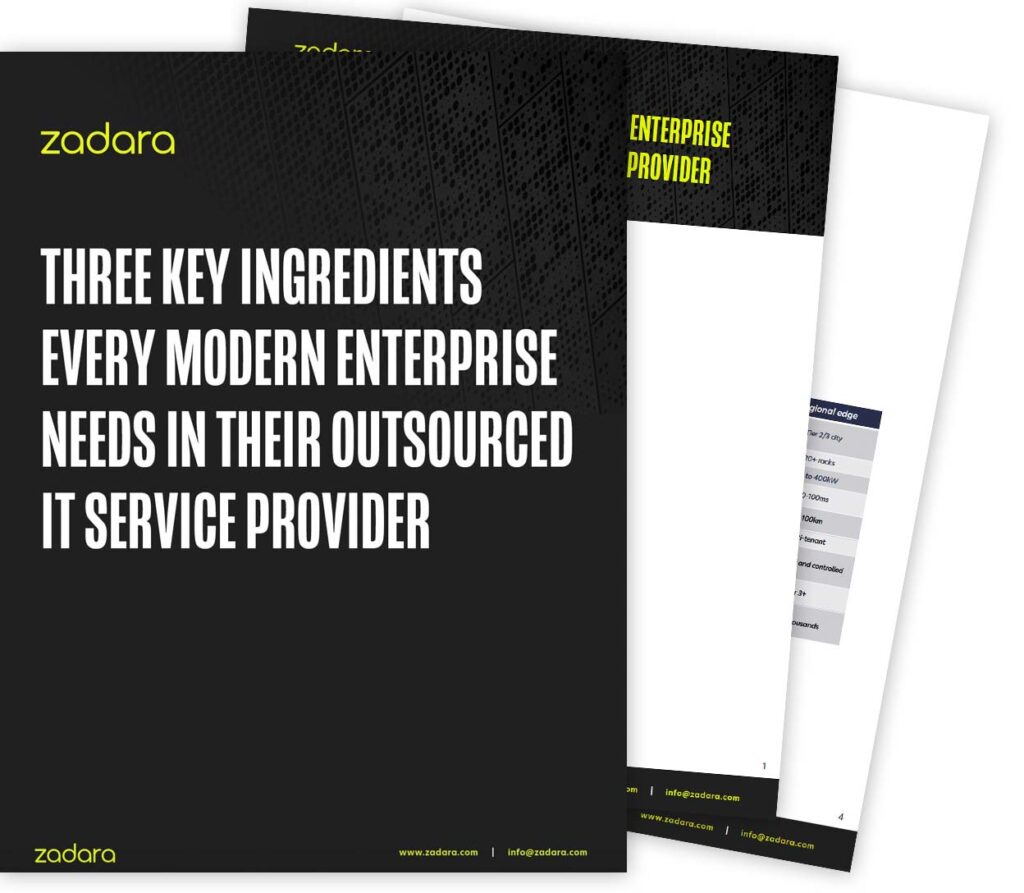As cloud has made an impact in enterprise data storage, what’s become clear is that the majority of enterprises still prefer a hybrid cloud storage environment over either all on-premises storage or all in-cloud storage. Hybrid solutions, when done correctly, offer tremendous flexibility, including elasticity. That is, the storage environment has the ability to shrink, as well as to grow, as the needs of the enterprise change.
Hybrid Cloud Storage Elasticity
An elastic storage solution is different from scalability. Scalable just means it can expand. Elasticity implies that it can also easily contract when a data storage environment is no longer needed.
How is elasticity different from (or preferable to) scalability? Scalability allows your storage to grow, and that’s certainly necessary. But scalable storage doesn’t necessarily mean it’s easy to resize the environment downward. For example, say your storage needs are related to a temporary situation, such as project development and testing or a seasonal project? Maybe you need to accommodate bursting data sets. There are numerous reasons why a hybrid cloud storage environment needs to be elastic, not simply scalable.
Hybrid Cloud Storage Portability
If you decide to pack up your public cloud storage and take it to another vendor, you need the portability to do so.
But elasticity isn’t the only way in which your hybrid cloud needs to be flexible. For example, you may choose a cloud provider now and decide you’d like to try something else in the future. There are several prominent public clouds, including Azure, AWS, and Google Cloud, along with lots and lots of local MSPs and CSPs. You need the flexibility to avoid vendor lock-in. If your enterprise chooses to switch from Azure to AWS or vice versa, your hybrid cloud storage should be flexible enough to accommodate that.
Hybrid Cloud Storage Flexibility
Is your hybrid cloud flexible enough to allow you to move data to and from your on-prem and in-cloud storage whenever you need to?
There’s another element of flexibility to consider, as well. Even if you maintain the same public cloud service, you will need the ability to migrate data from your on-premises storage to the cloud, from your cloud storage to your onsite data center, or even among multiple cloud vendors. You might need to do this to accommodate projects involving geographical issues or for things like backup and disaster recovery.
Hybrid Cloud Storage Affordability
Did you know you can get the same affordable pay-as-you-go pricing for on-prem storage that you can from a public cloud?
One of the reasons the hybrid cloud is preferable is that it gives you the flexibility to place data where you want (on-premise or in the cloud) and enjoy the economic and elastic benefits of “as-a-service” regardless of where your data is stored. On-prem storage no longer means buying a data center full of servers. You can get the same pay-as-you-go flexibility for your onsite storage as you can for your cloud storage. Now your hybrid cloud storage becomes an easy, regular monthly operational expense instead of a tremendously costly capital expense.
Developing the right hybrid cloud storage environment begins with understanding how to properly manage your where-to-put-what issues and then determining the most affordable data storage solution to accommodate those needs. You can request a customized TCO analysis now to determine how best to approach your hybrid cloud storage needs.










